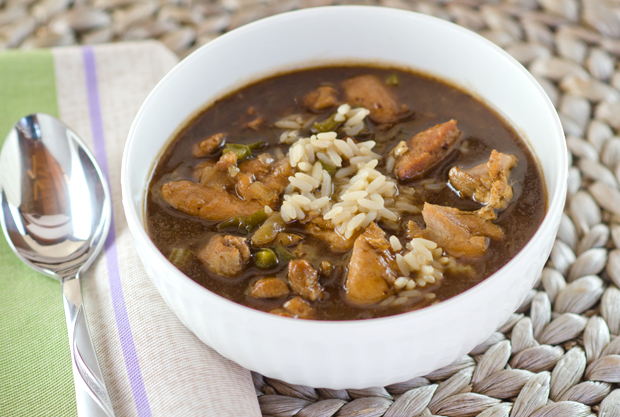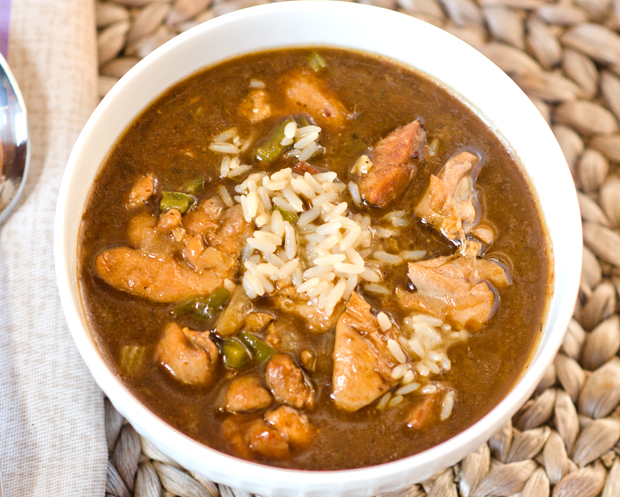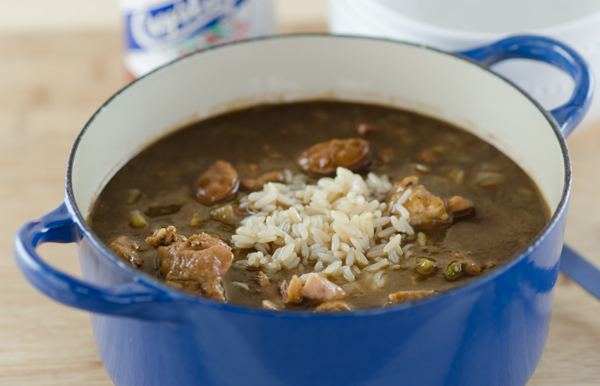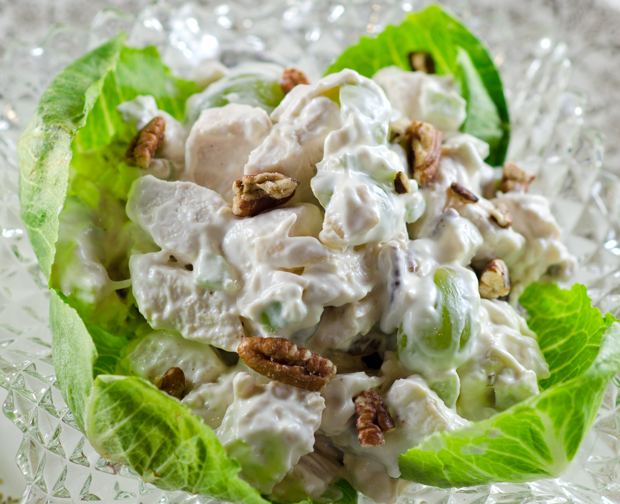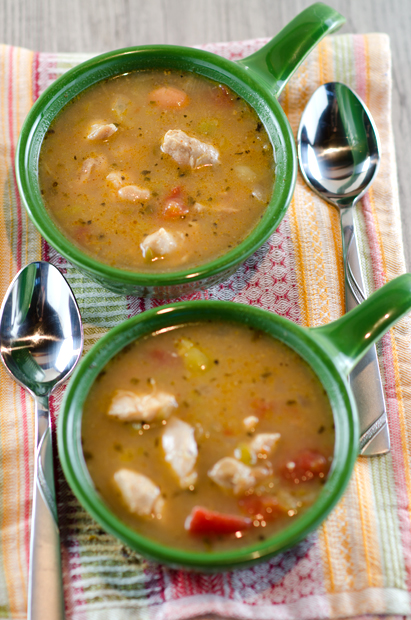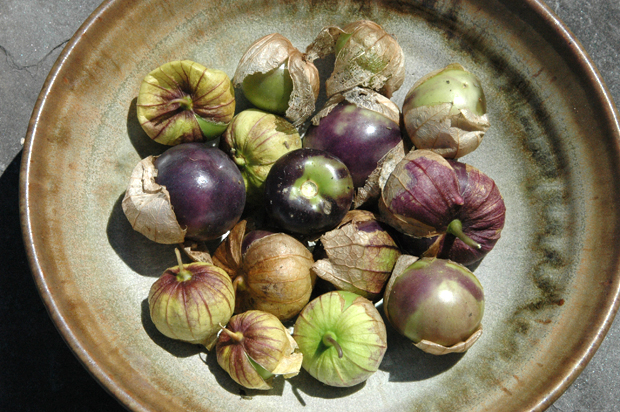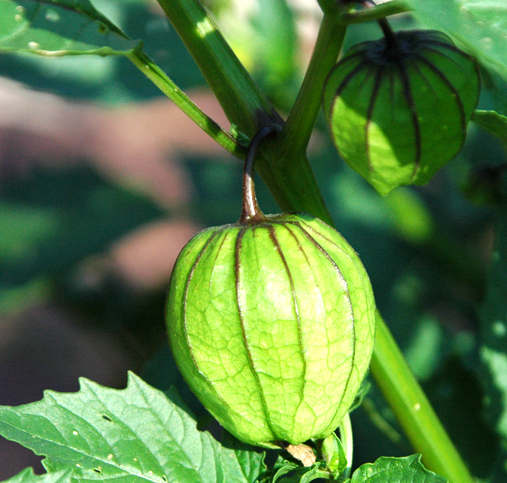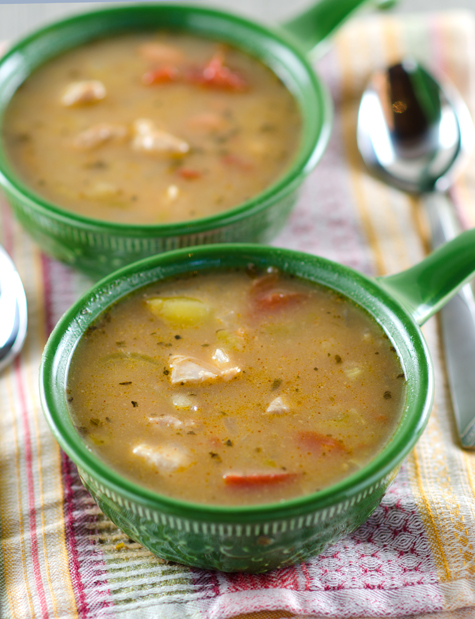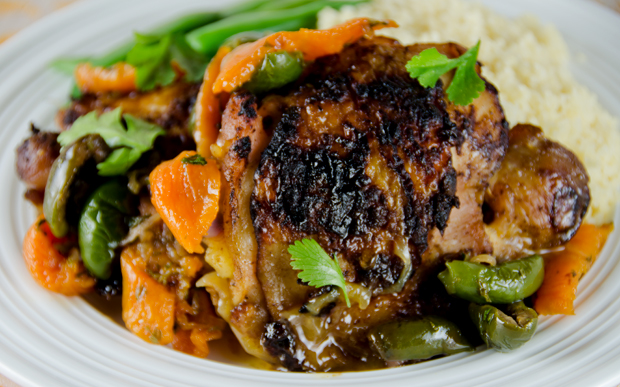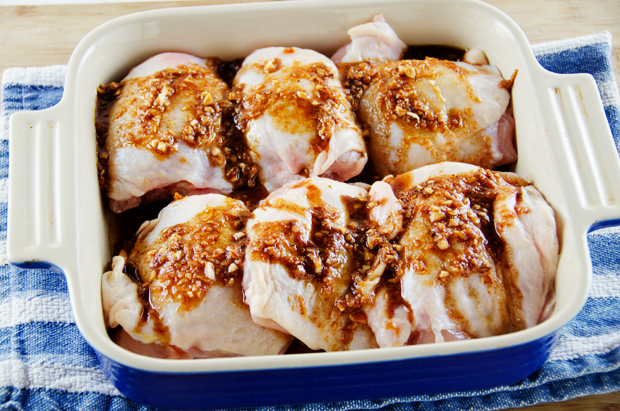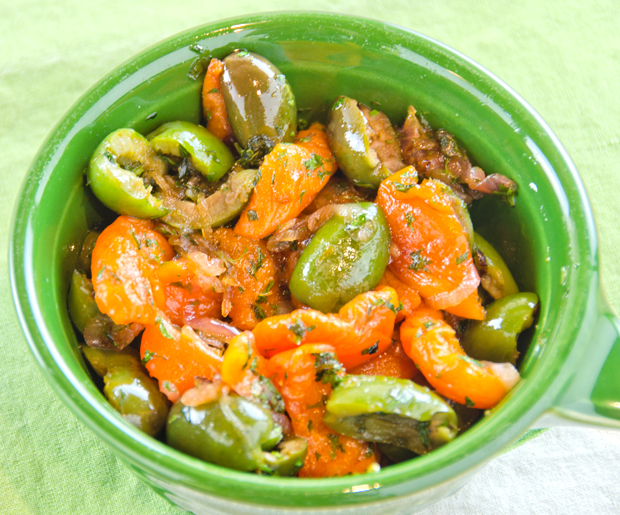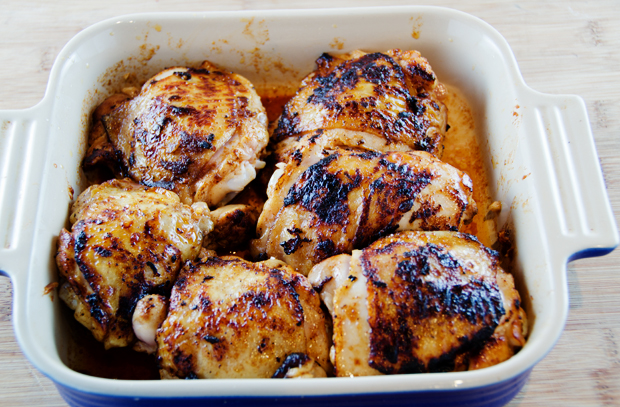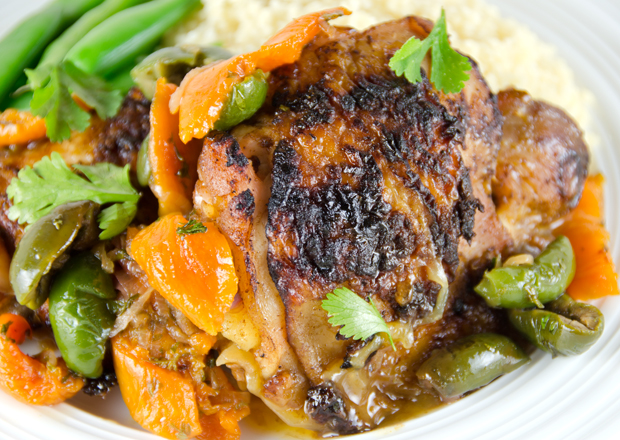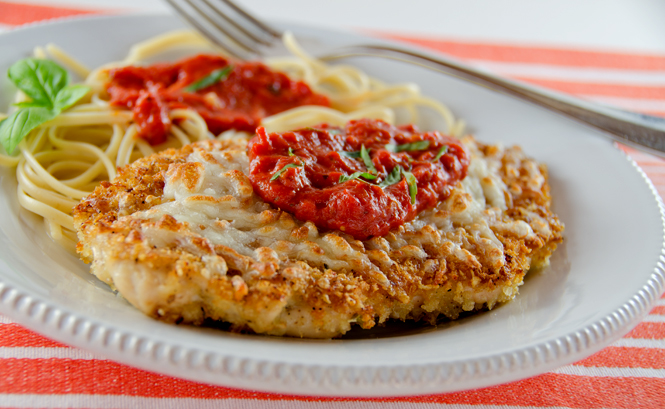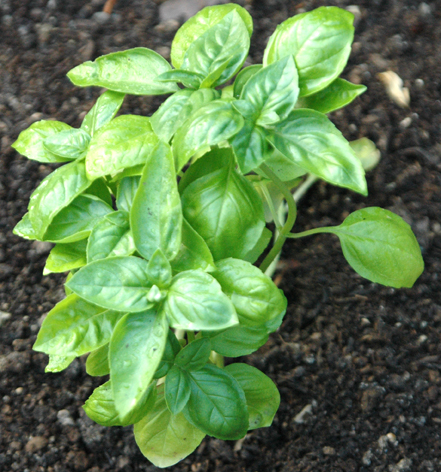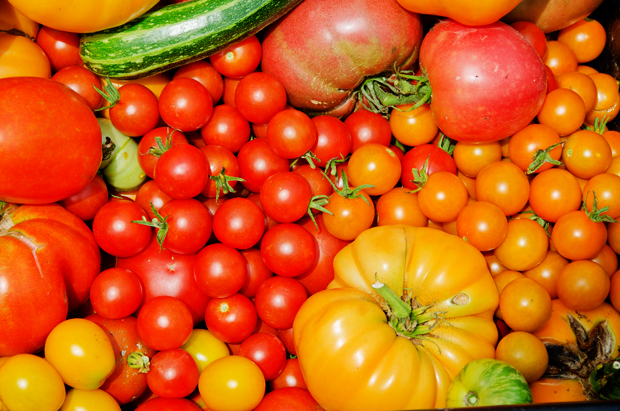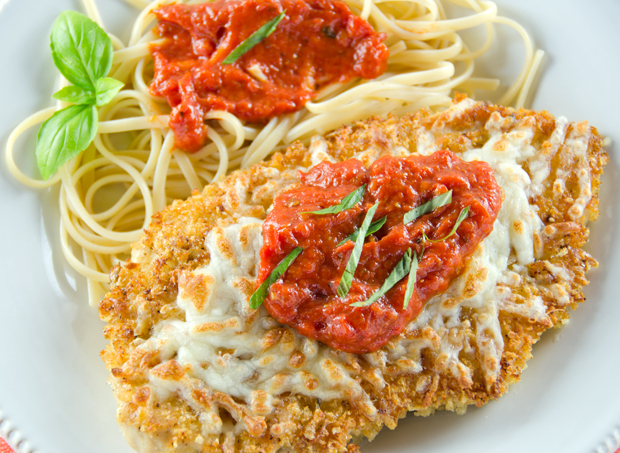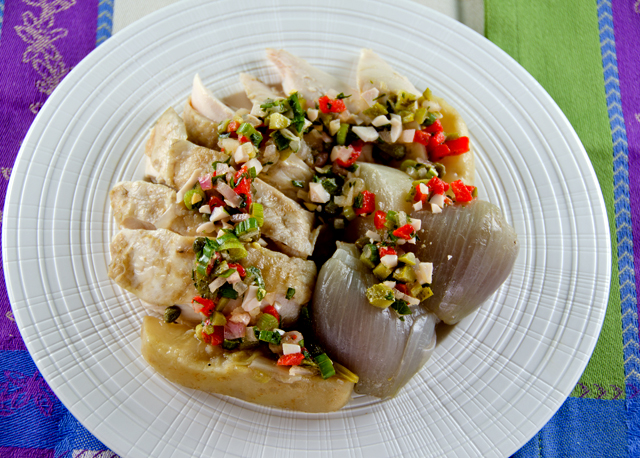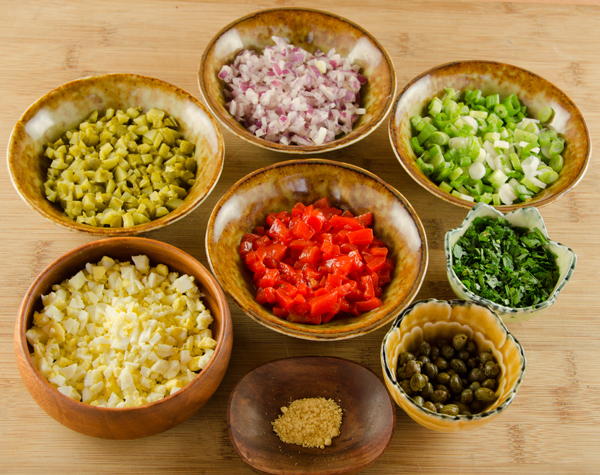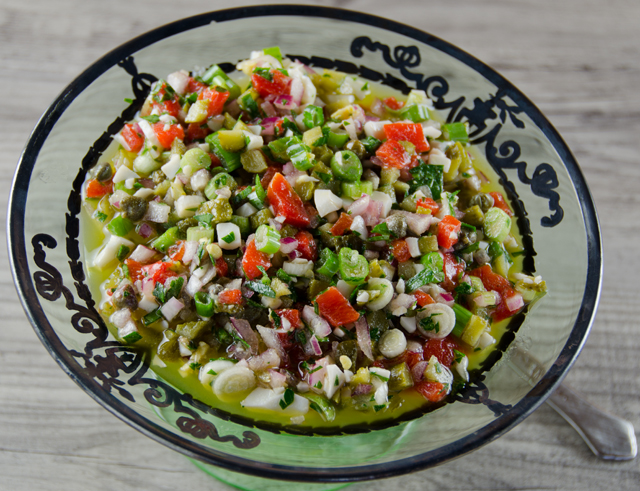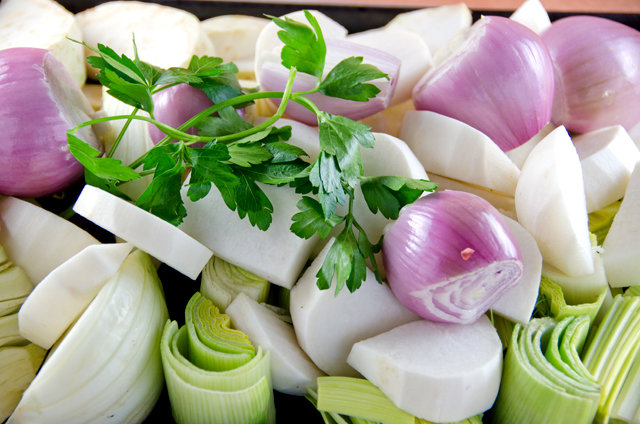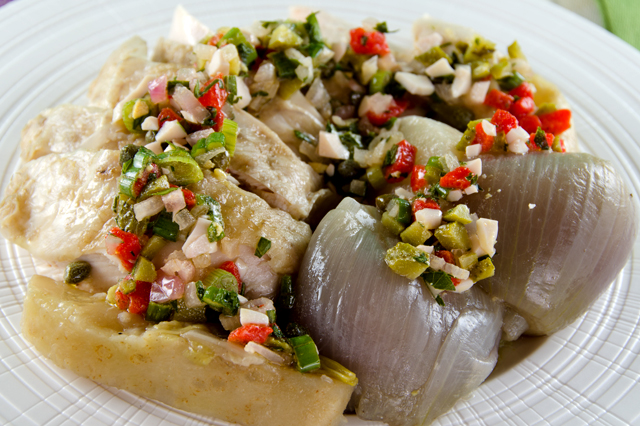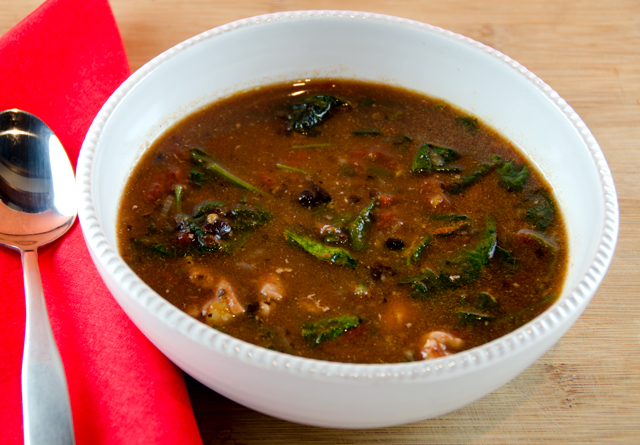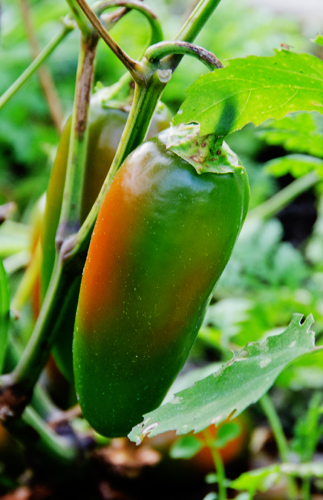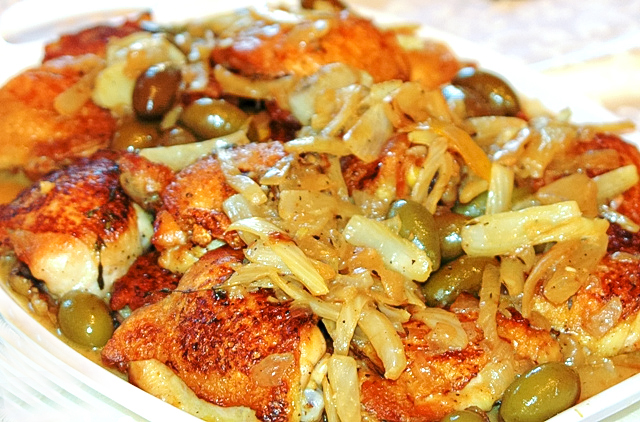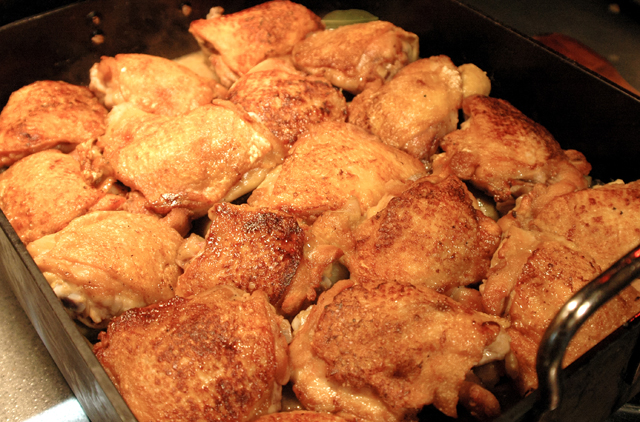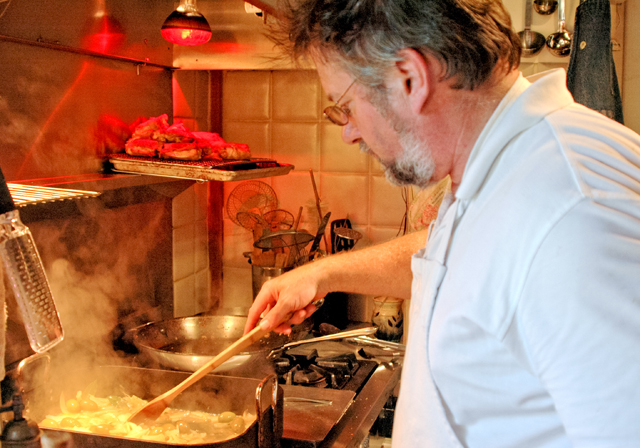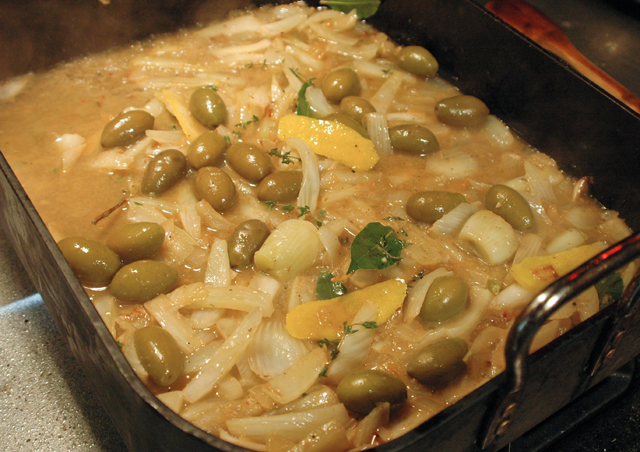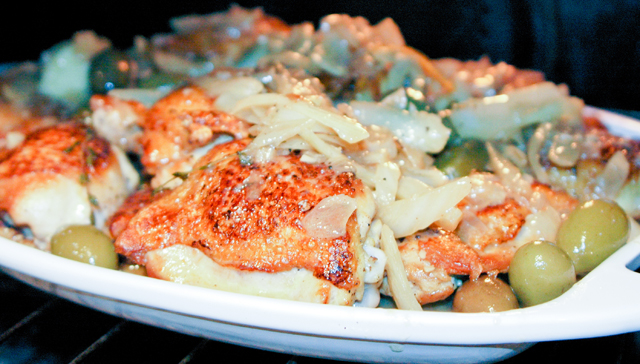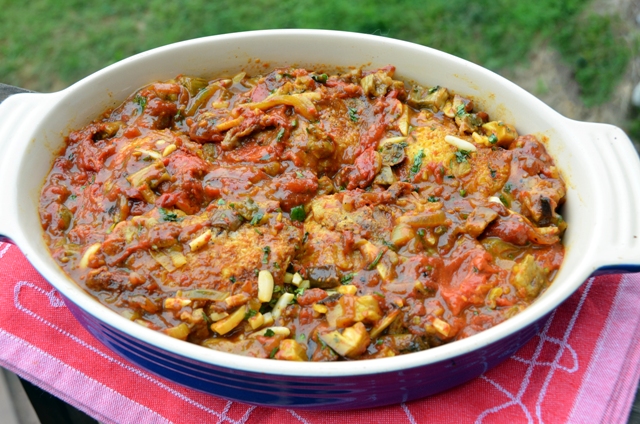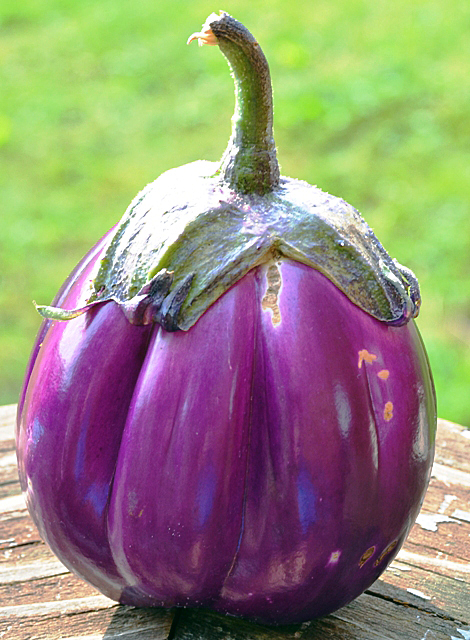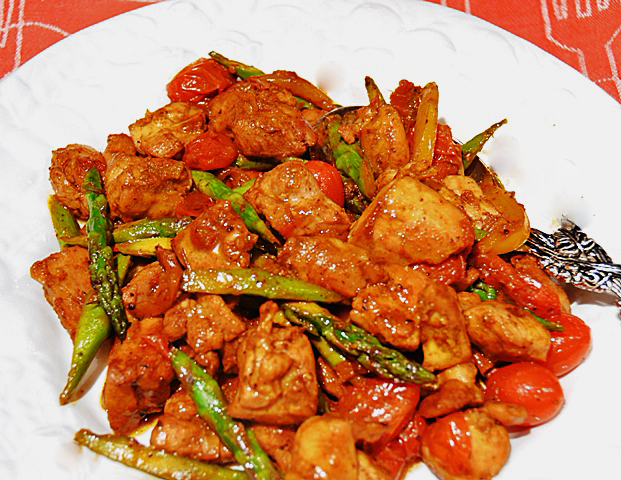A whole new world opened up to me when I discovered my love of cooking and good food over thirty years ago. To learn as much as I could, I immersed myself in cooking magazines, cookbooks and food programs on television. In the pre Food Network days the only option was the local PBS affliliate. Sure there was Julia, but there was also Nathalie, Madeline and a program called The Great Chefs. The Great Chefs programs were the first to take the television cameras behind the scenes and into the kitchens of the finest restaurants in the world. Two of the those programs, Great Chefs of New Orleans and the Great Chefs Louisiana New Garde became my first encounter with the Cajun and Creole cooking of New Orleans. Probably the first celebrity chef to come out of that town, even before Emeril, was Paul Prudhomme. I bought his first cookbook, Chef Paul Prudhomme’s Louisiana Kitchen and began cooking away.
We had parties revolving around the food of NOLA, Jambalaya Jams, we called them, featuring the spicy cuisine of that city. We also had the pleasure of visiting New Orleans several times and even dined at K-Paul’s, Prudhomme’s eponymous restaurant. While Joe was busy with medical seminars, I enjoyed some demonstration cooking classes to further my exploration in the cooking techniques of the region. I learned about a very different “holy trinity” than I was familiar with, how simple it is to make “prah-leens”,and that a roux (pronounced roo) was the basis of many of the region’s best dishes.
A New Orleans style roux is a fifty-fifty mixture of flour and oil. The oil, always something neutral like a vegetable oil, is heated to a high temperature, then the flour is added gradually. The flour will first bubble as it releases it’s moisture, then toasts as you continue to stir, and stir you must, constantly. The tool of choice here is a long-handled wooden spoon or heat proof spatula. The well-earned nickname “Cajun napalm” comes from the fact that splattering roux will stick to your skin and result in a nasty burn. The roux will toast and begin to turn a caramel color and develop a wonderful nutty fragrance. A roux can range anywhere from light brown to almost black. Chef Prudhomme says that Cajun tradition is the darker the meat in the dish, the lighter the roux. A dark roux will provide less thickening since the starch is thoroughly cooked but will impart a richer flavor to the dish. If the roux has black specks in it, or smells burnt, discard it and start all over again. A burnt roux cannot be saved!
Gumbo is a classic New Orleans dish claimed by both Cajun and Creole cooks. Along with a toasty roux, the flavor base of gumbo is enhanced by the “holy trinity” that I mentioned before, a Creole mirepoix of celery, onion and green pepper. I chose to make this gumbo with chicken thighs since they stand up well to reheating and some andouille sausage to add a little spiciness and authenticity to the dish. Okra and file powder are traditional thickeners added at the end of the cooking process. Okra is a green pod that is sliced into rounds and breaks down to thicken the gumbo. Okra, both the plant and it’s fruit contain mucilage. That is why some think okra brings a “slimey” quality to the dish. The other option, filé powder is made with the ground leaves of the sassafras tree. It smells like eucalyptus and adds a certain earthiness to gumbo. Filé powder needs to be added to individual bowls right before serving, cooking it makes it become stringy.
Intrestingly enough either one of these two thickeners could be the origin of the word gumbo. The African Bantu word for okra is “kingombo” and the Choctaw Indians were the first to make and sell filé powder which they called “kombo”.
Gumbo is a great make ahead dish. As with many stews, it tastes even better the next day. Gumbo can be stored in the refrigerator for several days or frozen. Serve over white rice, garnish with chopped scallions and pass around the Louisiana style hot sauce for a satisfying one dish meal.
Chicken and Andouille Sausage Gumbo
Serves 6-8
Ingredients
- 2lbs boneless skinless chicken thighs, cut into 1″ pieces
- 1t kosher salt
- 1t garlic powder
- 1/2-1t cayenne pepper
- 6c chicken stock or low sodium chicken broth
- Vegetable oil (1/2 cup plus a little more)
- 1/2lb Andouille sausage or other spicy sausage, sliced in half lengthwise, then cut into 1/3 inch half moon slices
- 1/4c Canadian bacon, cubed
- 1 1/2c finely chopped onion
- 1c finely chopped green pepper
- 1c finely chopped celery
- 3 cloves garlic, finely chopped
- 2 bay leaves
- 2t dried thyme
- Finely chopped scallions
- Louisiana style hot sauce
- Hot cooked white rice
- Filé powder
Directions
- Place the chicken in a bowl large enough to hold it comfortably. Mix salt, garlic powder and cayenne in a small bowl. Toss the chicken with the spices and let stand at room temperature for 30 minutes.
- Warm the chicken stock over medium heat.
- Heat 1 tablespoon vegetable oil in a 7-8 quart Dutch oven over medium high heat until hot, 1-2 minutes. Add the sausage and the Canadian bacon and cook, stirring occasionally with a wooden spoon, until well browned, 4-6 minutes. Transfer to a bowl with a slotted spoon.
- Add 2 tablespoons to the Dutch oven and sauté the chicken in several batches until golden brown, about 6-7 minutes. Transfer the chicken to the bowl with the sausage.
- Add enough vegetable oil to the Dutch oven to make 1/2 cup. Using a wooden spoon to scrape and loosen browned bits from the bottom of the pot.
- Using a long handled whisk, gradually stir in the 1/2 cup flour. Cook whisking constantly. I switched back and forth between a whisk and flat edged wooden spoon to make sure nothing stuck to the bottom of the pan. It will take anywhere from 4 to 8 minutes for the roux to reach a dark caramel color.
- Remove the pan from the heat and immediately add the onion, celery, pepper and garlic. Stir constantly to stop the roux from getting darker.
- Return pan to low heat and cook until vegetables are soft, about 5 minutes, stirring constantly and scraping the bottom of the pan well.
- Stir in the chicken broth, sausage, Canadian bacon, chicken, thyme and bay leaves.
- Bring to a boil and then reduce heat and simmer for 30 minutes.
- Gumbo can be served immediately or stored in the refrigerator for several days. Reheat gently before serving.
- Serve in large soup bowls over cooked rice. Add scallions, filé powder and hot sauce to taste.
